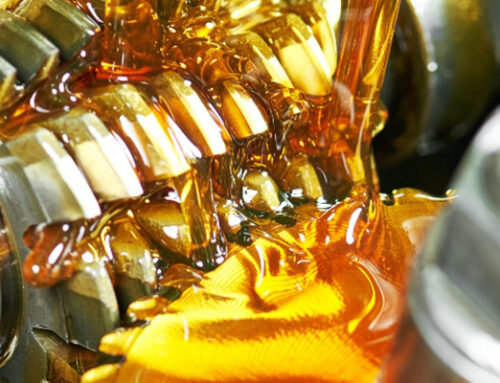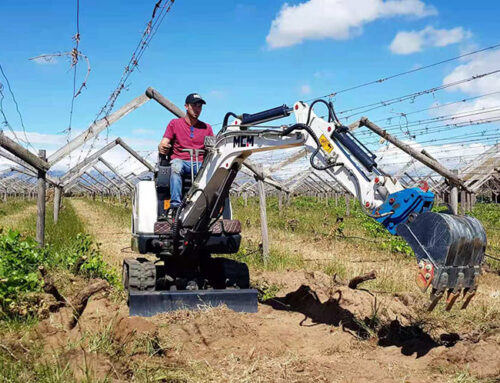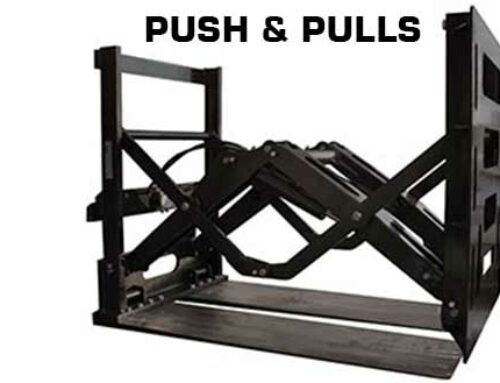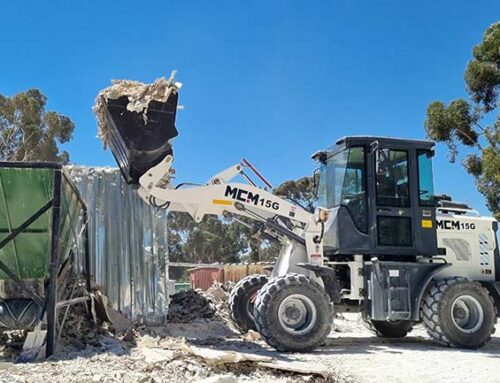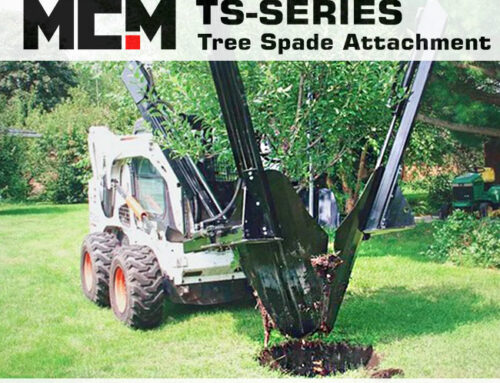Trade-in evaluations are usually a difficult proposition for both the dealer & the end user. Owners & end users have a certain attachment to their equipment and invariably expect more than a dealer can allow in actual cash value. While on the dealership side, they can only offer what the open market is willing to pay which essentially translates to the true value of the machine. So the question is: how does a dealer estimate the true value & what can you expect as you go through a trade-in process?
Step 1: Trade-in Evaluation Process:
This process begins with reviewing pictures of the unit & the inspection, which covers specific details, ex, the model type, model year, amount of hours, what the unit is equipped with & the location of the unit. After this, MCM reviews the average auction value.
Step 2: Trade-in Comparison:
Here we look at the average auction value against average advertised value for similar units to get an indication of the current price market. In the past, the average auction value was seen more as a wholesale value of the equipment but now due to the Internet & the ease of communication between customers & auction companies, the average auction value can end up as the customer’s expected value of the machine.
Average advertised values are just what they represent; numbers.
It is rare to see any advertised value less than the average auction value. Buyers expect to negotiate and therefore dealers allow for this process when listing their pricing. A dealer needs to take into consideration the leverage a buyer might use such as additional repairs expected, bundling another trade, freight cost, etc.
Step 3: Assignment of the Trade-in Value:
The last step is the trade-in worksheet. We first insert the average auction value for a unit with similar hours, equipment and year model. Next we deduct repair costs, transportation & any profit margins to cover commissions & possible incidentals.
After final review of the worksheet as well as the information we have gathered in the comparison process, the trade-in value of your unit is assigned.
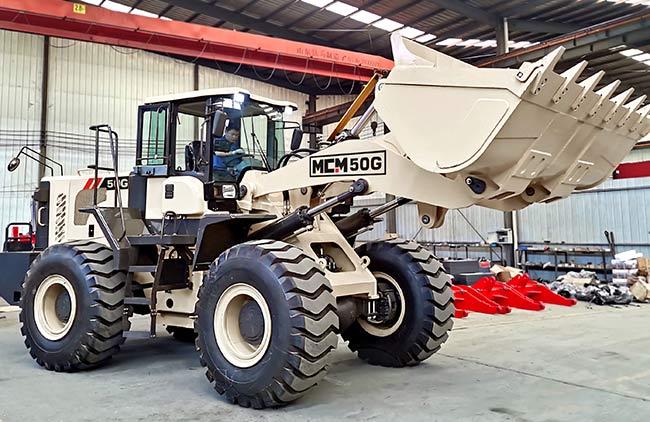
Trade-in Checklist For Used Equipment:
Thinking of trading in one of your units?
We’ve included a brief overview of the areas frequently evaluated below. If you are looking to purchase a used unit, contact us using the details on our website.
- Appearance: Paint, cosmetics, alterations, etc, can either enhance or greatly depreciate the value.
- Engine Hours: Helps determines usage, component life, frame life, etc.
- How is the unit equipped?: Regardless of the machine or application, how the unit is equipped can significantly affect value. Does the machine have a cab or canopy? Does it have air conditioning? What type of transmission? Or if it’s a wheel loader, what type of attachments does it use? Conditions of attachments? These are considered when determining resale value.
- Age: The year model (newer or updated models vs. the past year model) plays an important role.
- Operational condition: The machine needs to be in work ready condition with all functions in order to assign a value.
- Tires/Undercarriage condition: Both Tires and undercarriage are wear items. For instance 50% of the repair costs over the life of a track type tractor is spent on undercarriage repairs. Tire replacement costs are expensive as well. Due to these expense considerations, the remaining life of both tires and undercarriage will alter the overall machine value.
- Attachment/s condition: The attachment condition can enhance or adversely affect the trade value.
- Maintenance practice: Proof of maintenance enhance value regardless of age or hours. Maintenance records are important.
- Geographical location: Certain types and models of equipment have a higher resale value due to demand or the availability in the area of the country/state/province you may be located in. Transport and other costs are also taken into account.
- Job application: What did the machine do? Rough applications such as the waste industry and mining applications will reduce value vs. easier applications such as agricultural use or light construction.
- Refurbishment costs: We look at what repair costs are needed to make the machine sale-ready. This ranges from the overall appearance and cosmetics of the unit, glass, paint, decals to tire replacements, fenders, operational components and the condition of the cab and control (i.e. sloppy steering linkage, missing control knobs, AC/Heat operation), etc.
If you’d like more details on our Trade-In option, contact us today!


